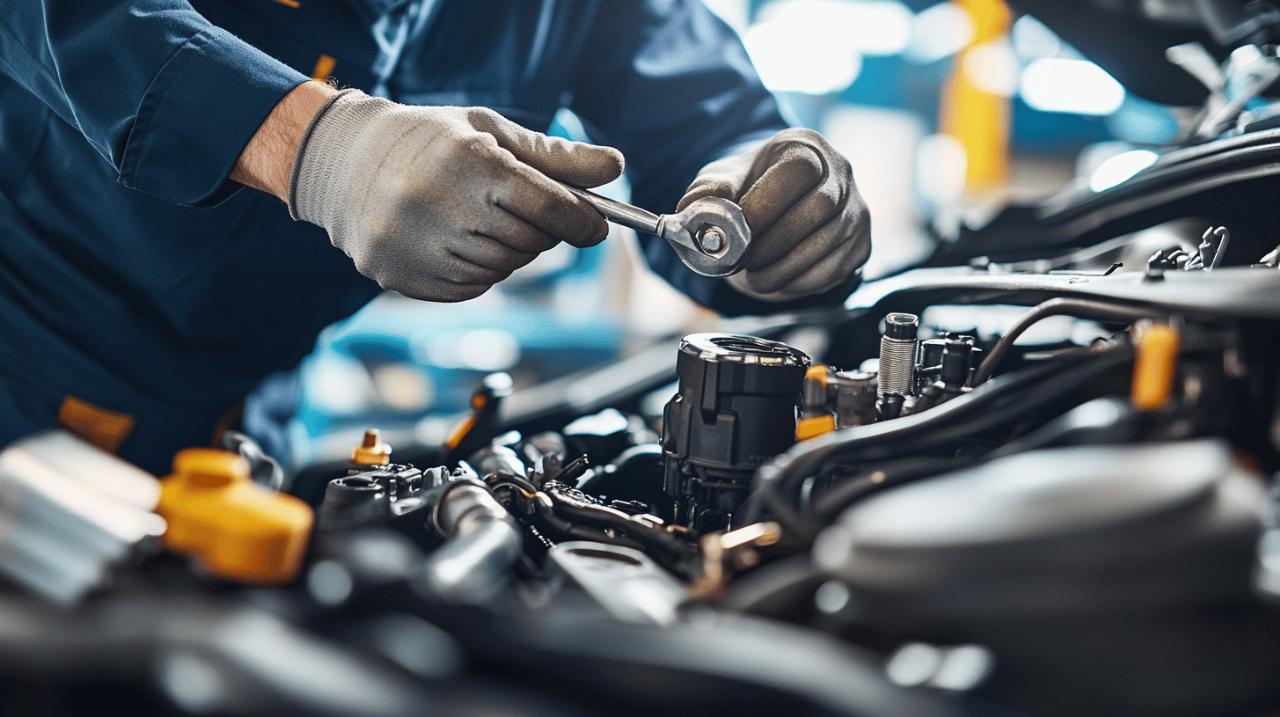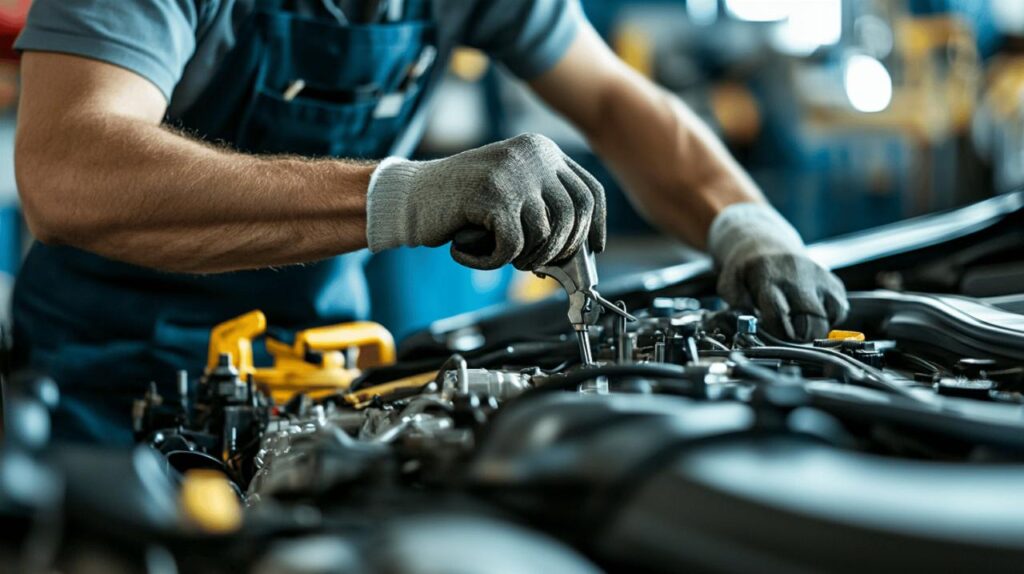Your vehicle’s ability to start reliably depends heavily on a properly functioning starter motor. When this critical component begins to fail, it can leave you stranded or facing increasingly frustrating startup issues. Understanding how to efficiently diagnose and address starter motor problems can save you time, money, and the inconvenience of unexpected breakdowns. This guide will walk you through recognizing common symptoms and implementing practical troubleshooting techniques.
Recognising common starter motor problems
Before diving into complex diagnostics, it’s important to understand what a failing starter motor sounds and feels like. According to Motor Publish, a leading automotive resource, starter motor issues are among the most common reasons vehicles fail to start, even with a new battery. Becoming familiar with these warning signs allows you to address problems before they escalate into complete failures.
Identifying unusual sounds during start-up
One of the most telling indicators of starter motor issues is unusual noise during the starting process. When you turn your key or press the ignition button, pay close attention to what you hear. A healthy starter should produce a consistent whirring sound followed by the engine firing up. If instead, you hear a single click or rapid clicking, this often indicates electrical problems within the starter system. More concerning is a grinding noise, which suggests mechanical damage – potentially worn teeth on either the starter gear or the flywheel it engages with.
Another distinctive sound to watch for is a whining noise after the engine has started. This could mean the starter motor isn’t properly disengaging from the flywheel, which can cause serious damage if not addressed promptly. Some drivers also report a freewheeling sound – where the starter motor turns but fails to engage the engine. This typically indicates issues with the Bendix drive mechanism that connects the starter to the engine.
Understanding electrical symptoms of starter failure
Beyond unusual sounds, electrical symptoms can provide valuable clues about starter motor health. One common symptom is intermittent starting, where the vehicle starts normally sometimes but fails at others. This unpredictability often stems from solenoid issues, which may be affected by heat or connection quality. If turning the key produces absolutely no response – no sounds, no dashboard lights flickering – the problem might be with the starter motor itself or could indicate a more serious electrical system failure.
Some drivers experience a scenario where the starter motor engages but stays on after the engine starts. This dangerous situation, typically caused by a stuck solenoid, requires immediate attention. You may also notice a burning smell during starting attempts, which suggests the starter motor is drawing excessive current – potentially due to internal shorts or a failing bearing. In extreme cases, smoke might appear from under the bonnet during starting attempts, indicating severe electrical problems that need immediate professional attention.
Diagnostic steps for starter motor troubleshooting
 Once you’ve identified potential starter motor issues, methodical troubleshooting will help pinpoint the exact cause. Most starter problems fall into one of two categories: electrical issues or mechanical failures. A systematic approach to diagnosis saves time and prevents unnecessary parts replacement.
Once you’ve identified potential starter motor issues, methodical troubleshooting will help pinpoint the exact cause. Most starter problems fall into one of two categories: electrical issues or mechanical failures. A systematic approach to diagnosis saves time and prevents unnecessary parts replacement.
Battery and connection inspection techniques
Before assuming the starter motor itself is faulty, thorough battery and connection inspection is essential. Begin by checking the battery terminals for corrosion, looseness, or damage. Even minor corrosion can significantly impede electrical flow. Ensure terminals are clean, tight, and making good contact. If possible, measure battery voltage with a multimeter – a healthy battery should read approximately 12.6 volts when the engine is off and between 13.7 and 14.7 volts when running.
Next, trace the electrical connections from the battery to the starter motor. Look for loose connections, frayed wires, or signs of heat damage like melted insulation. Pay special attention to the heavy-gauge positive cable that runs from the battery to the starter, as well as the ground connections. Sometimes, simply cleaning and tightening these connections resolves apparent starter issues. If your vehicle has a separate starter relay or solenoid, inspect it for signs of damage or corrosion as well.
Testing starter motor functionality
If battery and connection inspection reveals no issues, the next step is testing the starter motor itself. While some tests require special equipment, others can be performed with basic tools. One simple test involves tapping the starter motor body lightly with a hammer while someone attempts to start the vehicle. If this temporarily resolves the issue, it suggests internal components may be sticking or worn.
For more thorough diagnosis, use a multimeter to check for proper voltage at the starter motor terminals during a starting attempt. You should see battery voltage (around 12 volts) at the starter when the ignition is activated. No voltage suggests an electrical path problem, while full voltage with no starter action points to a failed starter motor. Some automotive parts stores offer free starter motor testing services if you can remove the unit from your vehicle.
Advanced troubleshooting might include measuring current draw using a clip-on ammeter. Excessive current indicates internal motor problems, while too little current might mean poor connections. Remember that starter motors typically last between 100,000 to 150,000 miles or 7 to 10 years, so if yours is approaching this age, replacement might be more economical than repair, especially if multiple components show wear.


